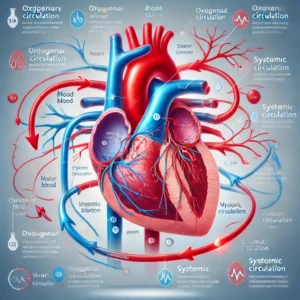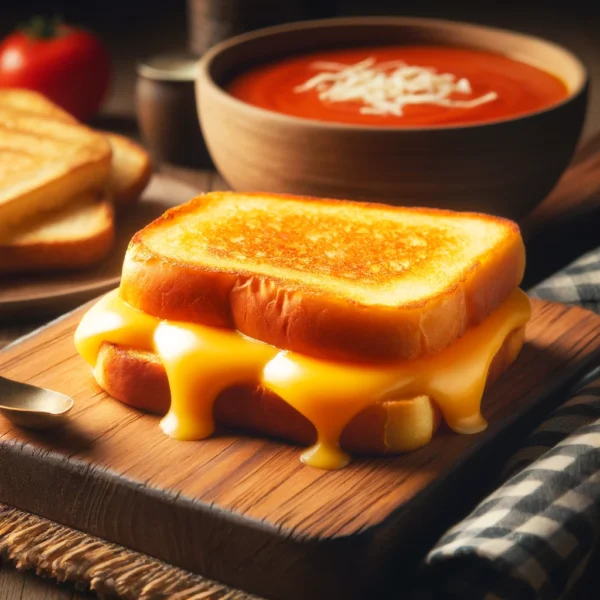How the Heart Works: Understanding Blood Circulation in the Body?

The heart is a vital organ responsible for pumping blood throughout the body, enabling the delivery of oxygen, nutrients, and the removal of waste products. Here’s an overview of how it works:
1. Structure of the Heart
The heart is a muscular organ divided into four chambers:
- Right atrium: Receives deoxygenated blood from the body.
- Right ventricle: Pumps deoxygenated blood to the lungs for oxygenation.
- Left atrium: Receives oxygenated blood from the lungs.
- Left ventricle: Pumps oxygenated blood to the entire body.
2. Blood Circulation Pathways
The heart supports two main circulatory loops:
Pulmonary Circulation
- Blood flows from the right ventricle to the lungs via the pulmonary arteries.
- In the lungs, carbon dioxide is exchanged for oxygen.
- Oxygenated blood returns to the left atrium through the pulmonary veins
Systemic Circulation
- Oxygen-rich blood is pumped from the left ventricle to the body through the aorta.
- Arteries, capillaries, and veins distribute blood to tissues and organs.
- Deoxygenated blood returns to the right atrium via the **superior** and inferior vena cava.
3. The Heart’s Pumping Action
The heart’s pumping cycle includes:
- Systole: Ventricles contract, ejecting blood into the pulmonary artery and aorta.
- Diastole: Ventricles relax, allowing them to fill with blood from the atria.
This cycle repeats approximately 60-100 times per minute in a resting adult.
4. Role of Valves
Four valves ensure unidirectional blood flow:
- Tricuspid valve: Between right atrium and right ventricle.
- Pulmonary valve: Between right ventricle and pulmonary artery.
- Mitral valve: Between left atrium and left ventricle.
- Aortic valve: Between left ventricle and aorta.
5. Electrical System of the Heart
The heart has an intrinsic electrical conduction system that regulates its rhythmic contractions:
- The sinoatrial (SA) node acts as the natural pacemaker.
- Signals travel to the atrioventricular (AV) node, bundle of His, and Purkinje fibers, ensuring coordinated contraction.
6. Importance of Circulation
Blood circulation maintains:
- Oxygen and nutrient delivery: To support cellular metabolism.
- Waste removal: Carbon dioxide and other metabolic byproducts.
- Temperature regulation: Via blood flow adjustments.
- Immune function: By transporting white blood cells and antibodies.
Summary
The heart is the engine of life, tirelessly pumping blood to sustain the body’s functions. Understanding its mechanics highlights the importance of maintaining cardiovascular health through exercise, a balanced diet, and avoiding risk factors like smoking and stress.







